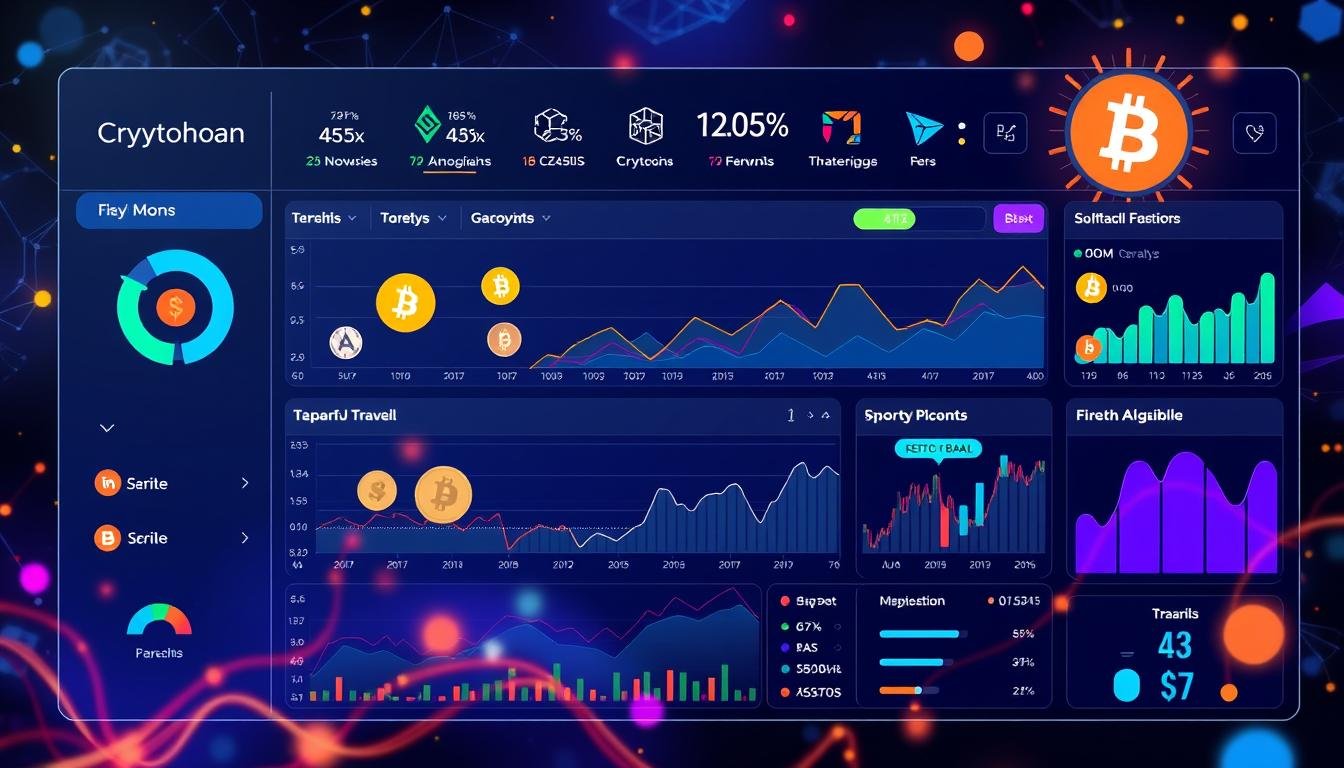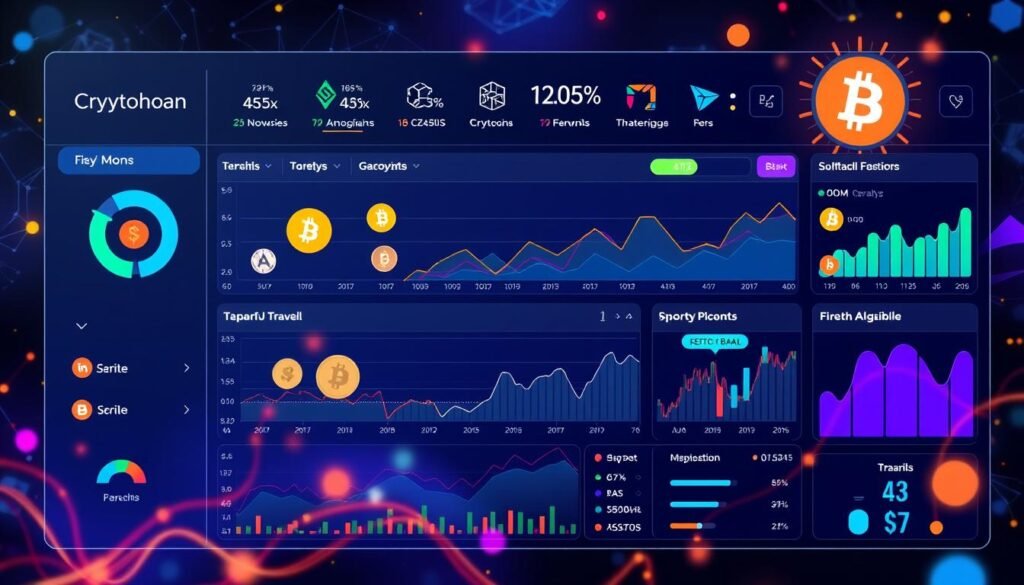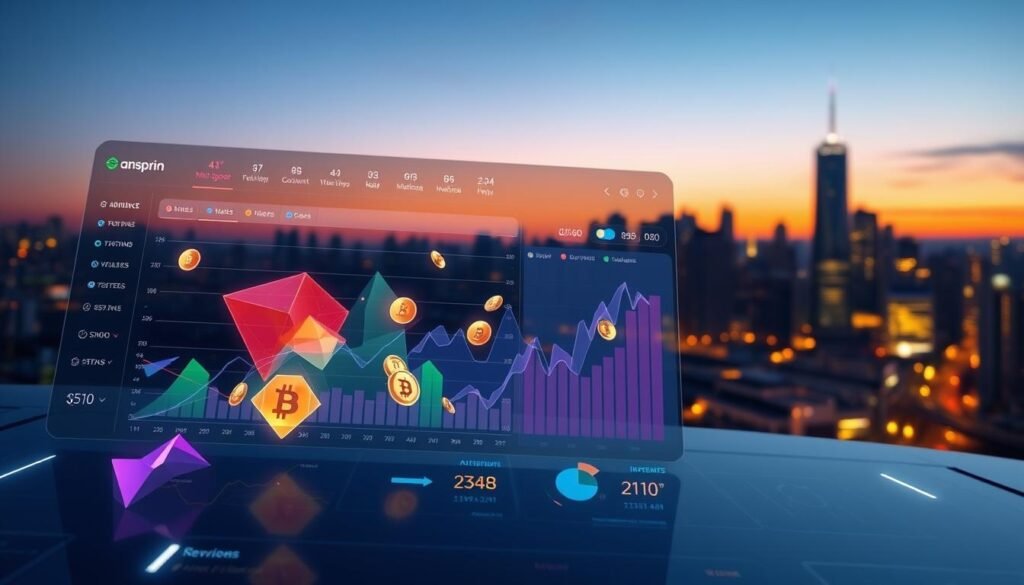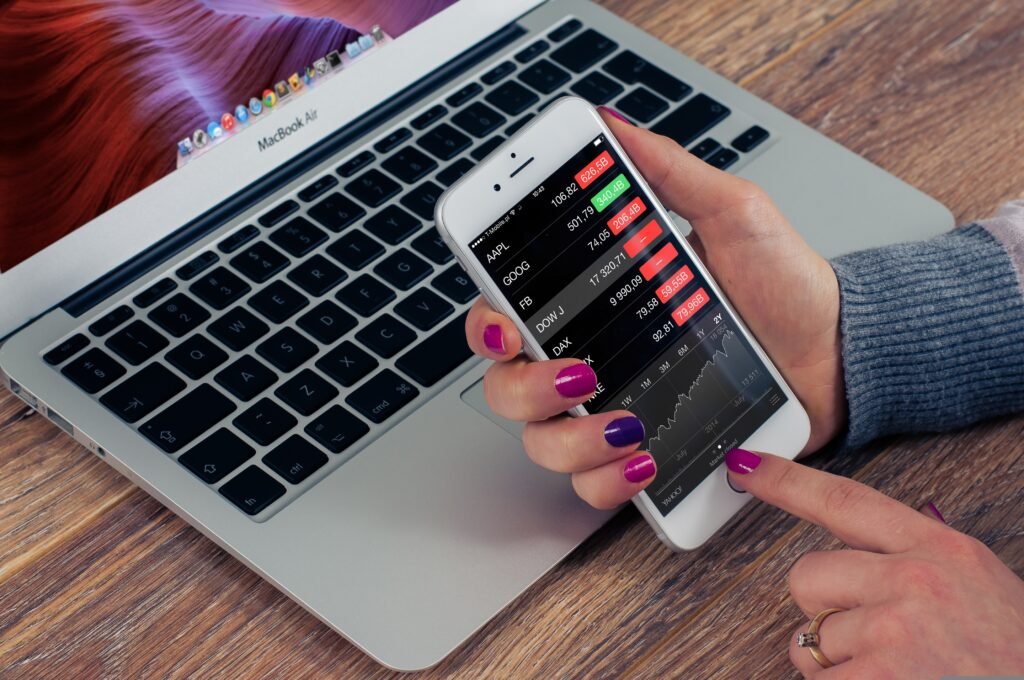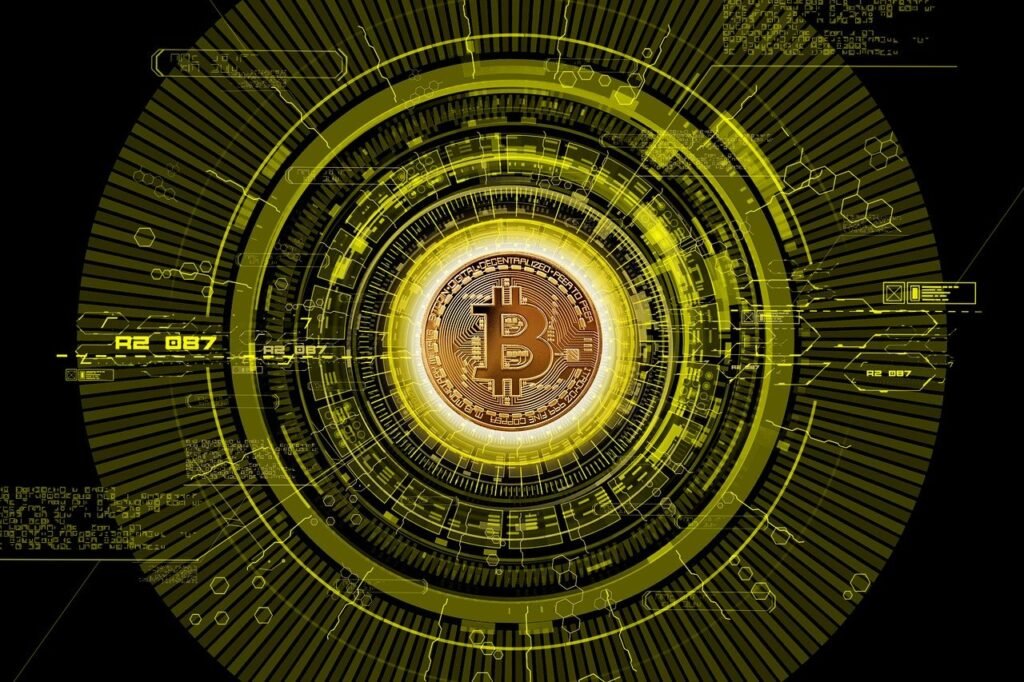Stablecoins and Their Benefits
Learn essential strategies for investing in digital assets for the long term, including how stablecoins and their benefits can protect your portfolio and provide steady returns in volatile markets.
Stablecoins and their benefits are key in the fast-changing world of cryptocurrency. They help solve the big problem of digital asset volatility. Knowing about stablecoins is important to add variety to your cryptocurrency investments and use blockchain technology.
We will look at what stablecoins are and how they help. They bring stability and make it easier to invest in digital assets in the long run.

Stablecoins are becoming highly popular in the world of cryptocurrencies. But what exactly are stablecoins? Why are they important? In this article, we’ll be discussing what stablecoins are, the best stablecoins available in 2025, and their benefits. All this information is easy to understand, even for 8th to 9th-grade students.
What Are Stablecoins and their benefits?
Stablecoins are a type of cryptocurrency that is designed to maintain a stable value. Unlike other cryptocurrencies, which can experience wild price swings, stablecoins are pegged to a stable asset, like the US dollar or gold. This means that one stablecoin is usually worth the same as one dollar, making it easier for people to use them for everyday transactions.
Why Use Stablecoins and their benefits?
Stability: Stablecoins offer a sound means of holding value free from the threat of losing money by the fluctuations in prices.
Easy Transactions: They are just like regular money which can be used to make purchases of goods and services in the online platform.
Access to Crypto: It enables people to venture into the world of cryptocurrencies and avoid the fear of price volatility.
The Best Stablecoins and their benefits in 2025
As of 2025, the market recognizes several stablecoins based on popularity, security, and usability. Here are a few examples of the best stablecoins:
1. Tether (USDT)
Tether is one of the oldest and the most popular stablecoins around. It’s pegged to the US dollar meaning that 1 USDT is always equal to around 1 USD.
It’s accepted everywhere, especially in most exchange platforms.
Liquid: because it is widely bought and sold.
2. USD Coin (USDC)
Overview: USD Coin is another stablecoin pegged to the US dollar. It is collateralized by a reserve of US dollars held in a bank.
Advantages:
Transparent and audited periodically.
Growing in popularity for decentralized finance (DeFi).
3. Binance USD (BUSD)
Overview: Binance USD is a stablecoin launched by Binance, the largest cryptocurrency exchange. It is also pegged to the US dollar.
Advantages:
Strong backing from Binance to ensure safety.
Good for trading on the Binance platform.
4. DAI
DAI is a decentralized stablecoin that is not pegged directly to the US dollar but is instead supported by a basket of cryptocurrencies.
Advantages:
More decentralized than other stablecoins
Can be used in multiple DeFi applications.
5. TrueUSD (TUSD)
Description: TrueUSD is another dollar-pegged stablecoin and is supported by real assets held in trust accounts.
Advantages:
Periodic audits for transparency.
Easy to use for transactions.
Advantages of Using Stablecoins
1. Protection Against Volatility
One of the greatest advantages of stablecoins is that they protect users from the volatility of the cryptocurrency market. For instance, if you hold Bitcoin, its value can drop drastically in a short time. However, with stablecoins, you can maintain the value of your holdings.
2. Convenience for Transactions
Stablecoins make it easier to conduct transactions online. If you want to buy something from a website that accepts cryptocurrencies, using stablecoins ensures that you won’t lose value during the transaction.
3. Access to Financial Services
Most people cannot access the traditional banking systems. Stablecoins and their benefits will allow them to engage with the financial systems. They can save using stablecoins, send money, and even make some interest.
4. Reduced Fees
Stablecoins can most of the time attract low fees in transactions as compared to traditional banking systems. This is especially for cross-border transactions where the fee is relatively high.
5. Earning Opportunities
Some platforms enable the earning of interest on one’s stablecoin holdings. This simply means that instead of just holding your money, you can make it grow over time.
Key Takeaways
- Stablecoins offer price stability in the volatile cryptocurrency market.
- They serve as a bridge between traditional fiat currencies and digital assets.
- Stablecoins can be used for long-term investments, hedging, and everyday transactions.
- Stablecoins are backed by various collateral types, ensuring their value remains stable.
- Adoption of stablecoins is growing, making them an increasingly important part of the crypto ecosystem.
Understanding Stablecoins and Their Core Mechanics
Stablecoins and their benefits are key in the digital world. They bring stability to the fast-changing world of DeFi. It’s important to know how they work and keep their prices steady.

Different Types of Stablecoin Collateralization
Stablecoins and their benefits are grouped by how they are backed. Each type has its own good points and things to think about:
- Fiat-collateralized stablecoins: These are backed by real money like the US dollar. They link to the old financial world.
- Crypto-collateralized stablecoins: These use other digital coins as backing. They often use more coins than needed to stay stable.
- Algorithmic stablecoins: These use smart rules to keep prices steady. They don’t need direct backing.
How Price Stability is Maintained
Stablecoins keep their prices steady in different ways. They might watch and adjust their reserves, use special deals, or smart rules to balance supply and demand.
Major Stablecoin Platforms in the Market
The Stablecoins and their benefits world has many big names. Each has its own special features and uses. Tether (USDT), USD Coin (USDC), Dai (DAI), and TerraUSD (UST) are some of the top ones. They help with long-term investing and managing digital assets.

As the digital world grows, knowing stablecoins is key. It helps investors plan for the long term in DeFi.
Investing in Digital Assets for the Long Term with Stablecoins and their benefits
Exploring digital assets? Stablecoins are key for long-term investing. They keep a steady value, making your portfolio strong. Stablecoins let you join the DeFi world, where you can find NFTs, staking, and yield farming.
Stablecoins and their benefits are special in DeFi. They keep your value steady, so you can farm and stake without worry. This makes your investment safer and more stable.
To use stablecoins well, keep your digital wallet safe. Also, follow the rules for digital assets. This way, you can invest with confidence and avoid big risks.
FAQ
What are Stablecoins and their benefits, and how do they work?
Stablecoins are special kinds of digital money. They keep their value steady, like the US dollar. They do this by holding real money or using smart rules to balance supply and demand.
What are the different types of stablecoin collateralization?
There are three main types. Fiat-collateralized stablecoins use real money. Crypto-collateralized stablecoins use other digital money. Algorithmic stablecoins use smart rules to keep their value steady without real money.
What are the key benefits of investing in stablecoins?
Stablecoins are good for investors. They keep their value steady in a shaky market. They can also help you earn money through smart investing. Plus, they make sending money across borders easier.
How can stablecoins be used in long-term investment strategies?
Stablecoins are great for long-term plans. They help you earn money by investing in them. They also make a solid base for buying other digital assets. And they help spread out risks in your investment mix.
What are the key considerations when investing in stablecoins?
When you invest in stablecoins, think about a few things. Look at how they’re backed, the issuer’s history, and if they follow rules. Also, check if you can safely store them and if they’re easy to trade. Always manage risks and diversify your investments.

